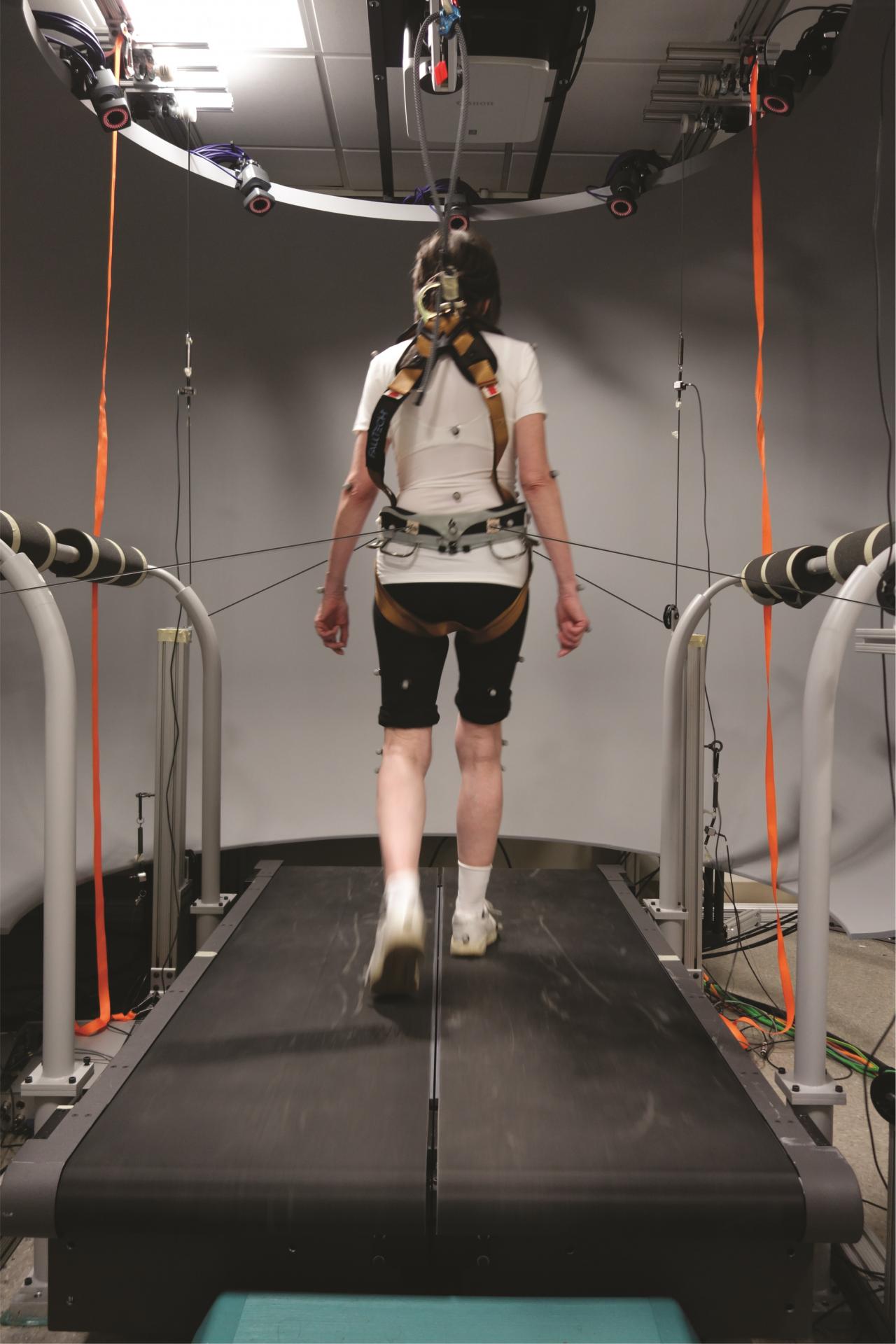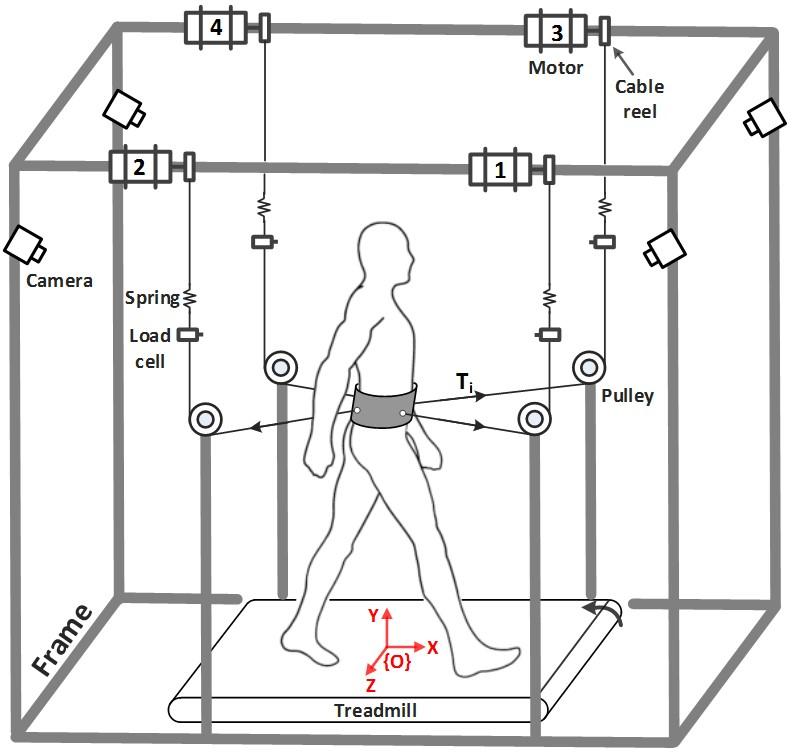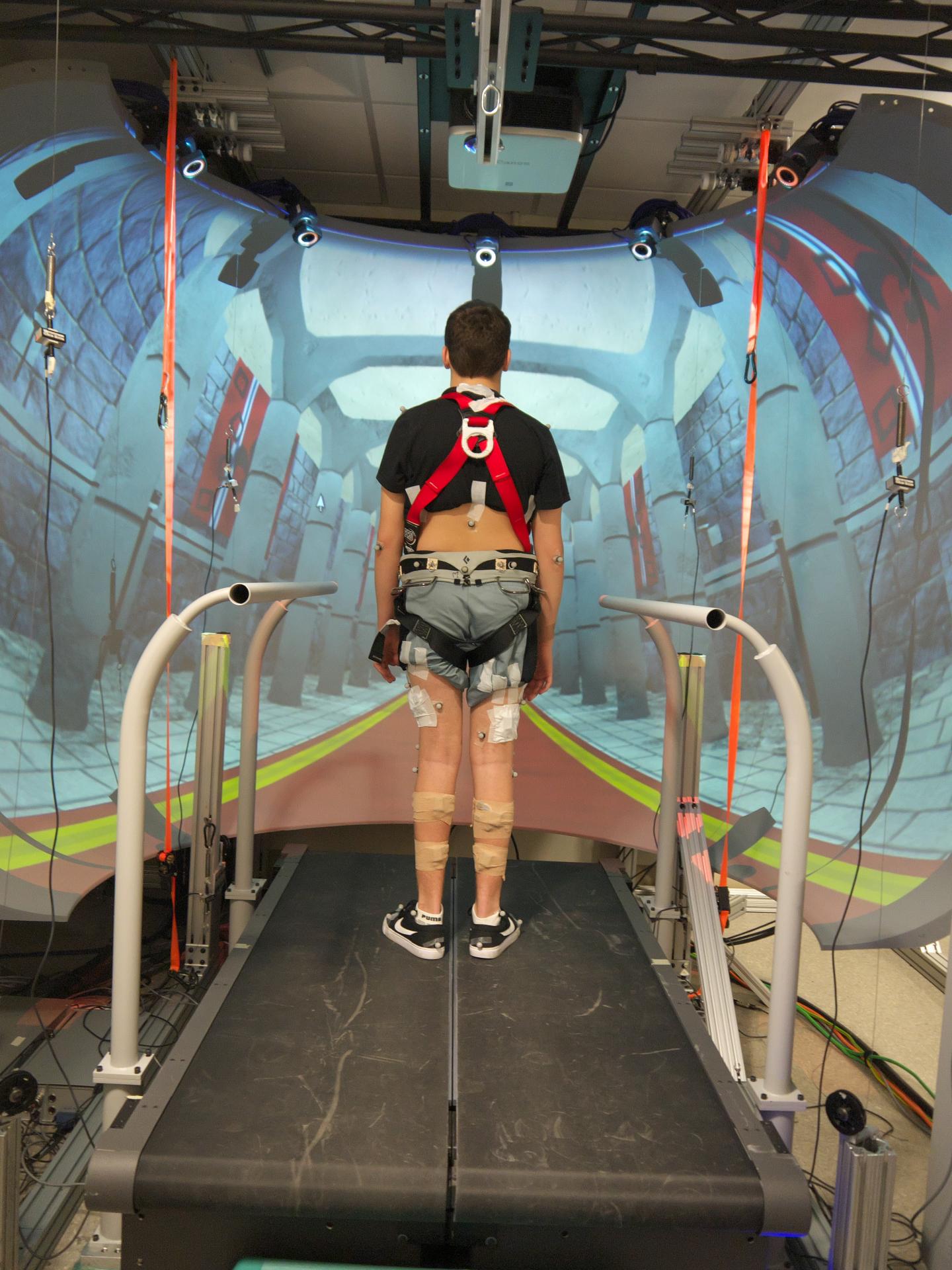Balance training is aimed at reducing falls risk. Elderly subjects and patients with movement disorders exhibit a high risk for falling compared to their young and healthy peers. Our group has developed novel paradigms where we apply different types of perturbations while subjects are standing or walking on a treadmill. These paradigms have been used to characterize and augment stability in different population groups, including elderly, Parkinson's, Cerebellar ataxia, and others.



